On April 19th, 2019, Senate Bill 5001 passed the Washington State Legislation and is headed to Governor Jay Inslee’s desk. If the bill is signed as expected, it will make Washington State the first state in the nation to offer an alternative to traditional burial or cremation; Recomposition. This practice, pioneered by Katrina Spade and Recompose Washington and supported by advocates of green burial nationwide, involves placing unembalmed human remains wrapped in a shroud in a 5-foot-by-10-foot cylindrical vessel with a bed of organic material such as wood chips, alfalfa, and straw. Air is then periodically pulled into the vessel, providing oxygen to accelerate microbial activity. Within about six months, soil can either be returned to the individual’s family or distributed to community gardens.
The bill will also legalize alkaline hydrolysis, a dissolving process sometimes called “liquid cremation.” Both recomposition and alkaline hydrolysis are significantly more environmentally friendly than traditional burial and cremation. Each cremation, according to the Funeral Consumers Alliance, takes 28 gallons of fuel and releases 540 pounds of carbon dioxide. According to Katrina Spade, “Many people think when they choose cremation, they are choosing a greener option, however, with cremation, you have the burning of fossil fuels and emission of carbon and mercury particulates into the atmosphere.” Traditional burial leaves an even larger footprint, “With conventional burial, there is quite a carbon footprint from the manufacture and transport of caskets, grave liners, and then the upkeep of cemeteries.” Traditional burial sees bodies not only embalmed but sealed in several feet of concrete; beneath most major cemeteries is enough concrete and steel to construct a parking structure.
“Right now, if a person dies in Washington, the body can only be cremated or buried. It’s amazing to me that in the year 2019, we still only have two methods of disposing of bodies, and those are ways we’ve used for centuries. It’s a misuse of our advancements in technology.” – State Sen. Jamie Pederson
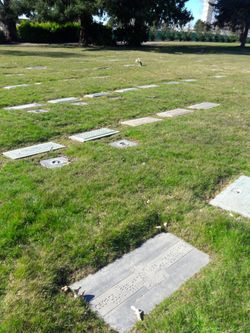
Opposition to the bill has come from religious groups, who question the practice. A similar bill failed to pass in 2017 due to opposition from the Catholic Church, who successfully argued with no proof, that human remains could find their way into sewage systems and water supply as a result of alkaline hydrolysis. This time around, Katrina Spade teamed up with Western Carolina and Washington State universities, most notably Lynne Carpenter-Boggs, a professor of soil science at Washington State. Spade and Carpenter-Boggs were able to perfect the technique of recomposition using livestock remains. Carpenter-Boggs said on April 15th, “The basic principles that we have learned from livestock mortality composting are extremely effective and safe. The soil testing we ran was extensive and went above and beyond state standards. This technology is valuable.
Sen. Jamie Pederson, who sponsored the bill, echoed these sentiments. “Right now, if a person dies in Washington, the body can only be cremated or buried. It’s amazing to me that in the year 2019, we still only have two methods of disposing of bodies, and those are ways we’ve used for centuries. It’s a misuse of our advancements in technology.” Pederson said the bill had bipartisan support as of passing the legislature, and he is hopeful Inslee will sign it into law.
Nora Menkin, executive director of The Co-op Funeral Home of People’s Memorial, a Seattle-based funeral home cooperative offering affordable burials, says she hopes “The main takeaway is that people want more options and more ecologically friendly options. I hope it sends the message to the industry as a whole that change is inevitable and they need to offer what people want.” In speaking with Lee Webster, Director of the Green Burial Council, “We’re dealing with a lot of factors here, the biggest being space. We have to look at alternatives to the way we are doing things right now. Even rural areas are becoming strapped for space. Urban areas do not have space to warehouse bodies. As far as the future is concerned, we need to be looking at as many solutions and scenarios as possible. The damage we have done over the past 100 years is irreparable.”
For many, both consumers and those who work in the funeral industry; this is a way of re-evaluating our cultural relationship with death and the death industry. According to Webster, “We have been taught to be helpless around death. It’s less a conversation about death but about what we’re going to do with our physical forms after death. We’re doing the research, and green burial and recomposition work. It’s meaningful and allows for action. We’re not about death; we’re about hope.”
Shar Barrett, executive director of Sacred Moment, an Everett based member of People’s Memorial, “The home funeral movement, is equally important; we’re bringing the humanity back. When we offer another option, people take it. Contemporary funerals have palpable shame; we put the body in a corner and look away.”
Every member of the funeral industry interviewed spoke to the importance of the representation of alternative burial in a way that does not scare people. Although many media outlets have coined this process “Human Composting” that is not the preferred term of the industry. The word ‘recomposition’ helps frame the process as a return to the earth as opposed to cultural connotations with compost.
There are currently two and a half times more funeral directors than needed for the number of deaths in the US.
The funeral industry as a whole has been on a steady decline, with more and more people opting for the cheapest of cremations. There are currently two and a half times more funeral directors than needed for the number of deaths in the US. On March 4th, The Bonney-Watson funeral home on Capitol Hill, across from Seattle Central College, began being demolished. Although Bonney- Watson still owns several local funeral homes and a traditional cemetery in Sea-Tac, the building, built in 1868, performed 600 cremations a year a decade ago. As of the selling of the building in 2016, the staff was completing less than half that number.
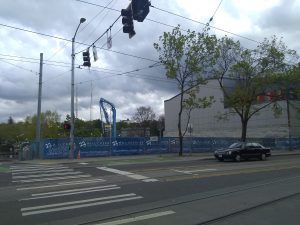
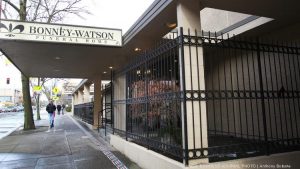
Local mortician Noah Ober said, “I am initially skeptical about how viable “recomposition” will be from a cost perspective, however, the industry needs to be willing to embrace new ideas if it is going to remain relevant. Fifty years ago most funeral professionals were resistant to cremation, and that now makes up well over 50 percent of our market.”
If Inslee signs the bill into law, it will go into effect May 1st. Recompose Washington hopes to open it’s flagship operations center by 2021.
Author

Morgan is a Seattle Central alumni currently attending Oregon State University where she is majoring in Anthropology. In addition to writing, she enjoys painting and linguistics. She lives in a very small house with a very fat cat.

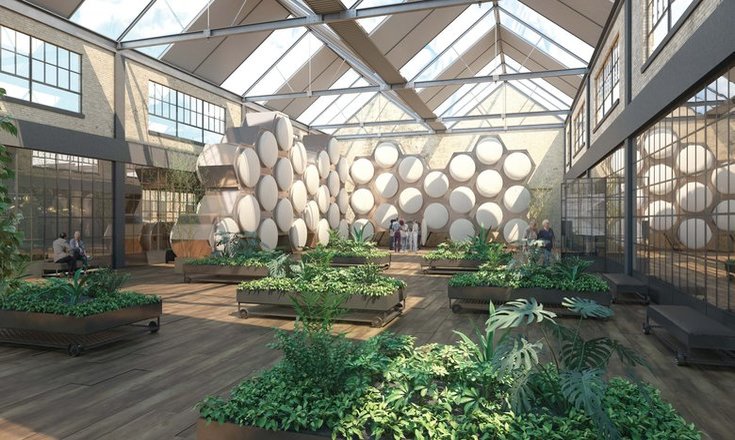

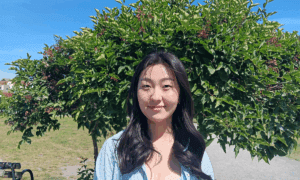

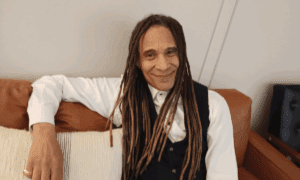

Be First to Comment